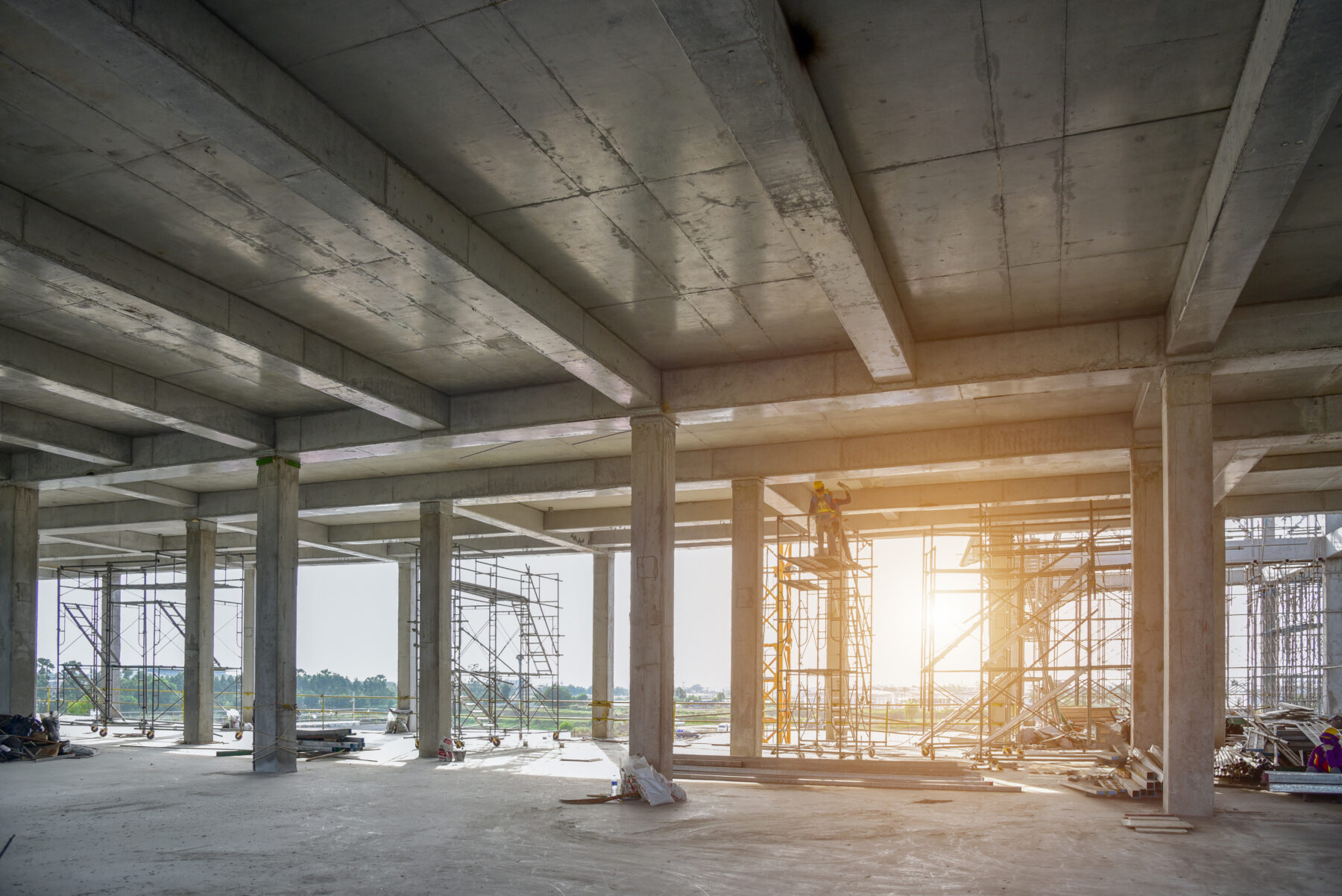The Impact of Winter Weather on Industrial Concrete Structures
November 1, 2023

As the season transitions and temperatures begin to drop, most people begin to prepare for what winter will bring. For those in the construction and materials industry, winter brings a particular set of challenges. Specifically, the impact of winter weather on industrial concrete structures, which is a specific concern for those in the industry. Let’s explore how extreme cold can influence these crucial infrastructures.
Temperature Fluctuations and Concrete
The strength and integrity of concrete structures largely depend on the curing process. Concrete requires a stable temperature range for adequate curing. However, during winter, the drastic temperature fluctuations can cause concrete to freeze and then thaw. This freeze-thaw cycle can lead to the development of cracks in the concrete.
Water: A Concrete Concern
Water is a significant concern when it comes to the deterioration of concrete structures in winter. When water infiltrates the porous surface of concrete and then freezes, it expands. This expansion creates internal pressure within the concrete, which can lead to cracking and spalling. Over time, these small cracks can evolve into more significant structural problems.
The Role of Deicing Salts
To combat icy conditions, many facilities use deicing salts on roads and walkways, and even exposed concrete infrastructure. While these salts are effective in melting ice, they can have a detrimental impact on industrial concrete structures. Salt can accelerate the corrosion of steel reinforcements within concrete, weakening the structure over time. Moreover, the repeated application of deicing salts can lead to surface scaling, where the top layer of the concrete deteriorates.
Preventative Measures are Key
Understanding the impact of winter weather on industrial concrete structures underscores the importance of preventative measures. One effective strategy is to apply a high-quality sealer to the concrete’s surface. This sealer acts as a barrier, reducing the concrete’s absorption of water and making it more resistant to the damaging effects of freeze-thaw cycles.
Additionally, during the construction phase, ensuring the proper mix of concrete – one that is tailored for colder climates – can make a significant difference. Such mixes may include air-entraining agents, which create tiny air pockets within the concrete. These pockets give freezing water a place to expand, thereby reducing the likelihood of cracking.
Winter weather, while beautiful, can have a profound impact on industrial concrete structures. From the challenges posed by temperature fluctuations and water infiltration to the corrosive effects of deicing salts, there are multiple factors that industry professionals must be aware of. However, with knowledge and proactive measures, it is entirely possible to extend the lifespan of our concrete structures, ensuring they remain robust and resilient, even in the face of winter’s harshest conditions.
At RiverBend Materials, we pride ourselves on providing the knowledge and resources necessary to navigate these challenges. Reach out to us for more information on how to protect and maintain your industrial concrete structures during the cold months.

